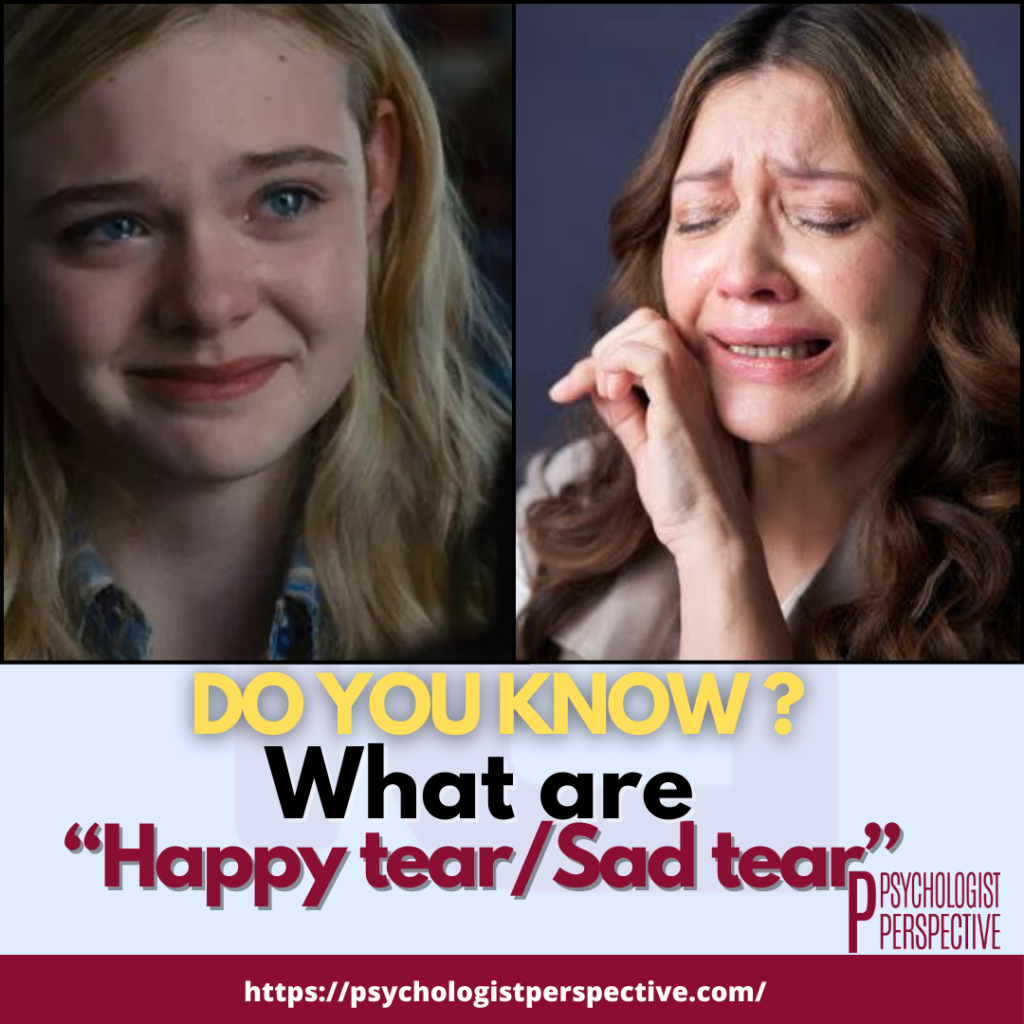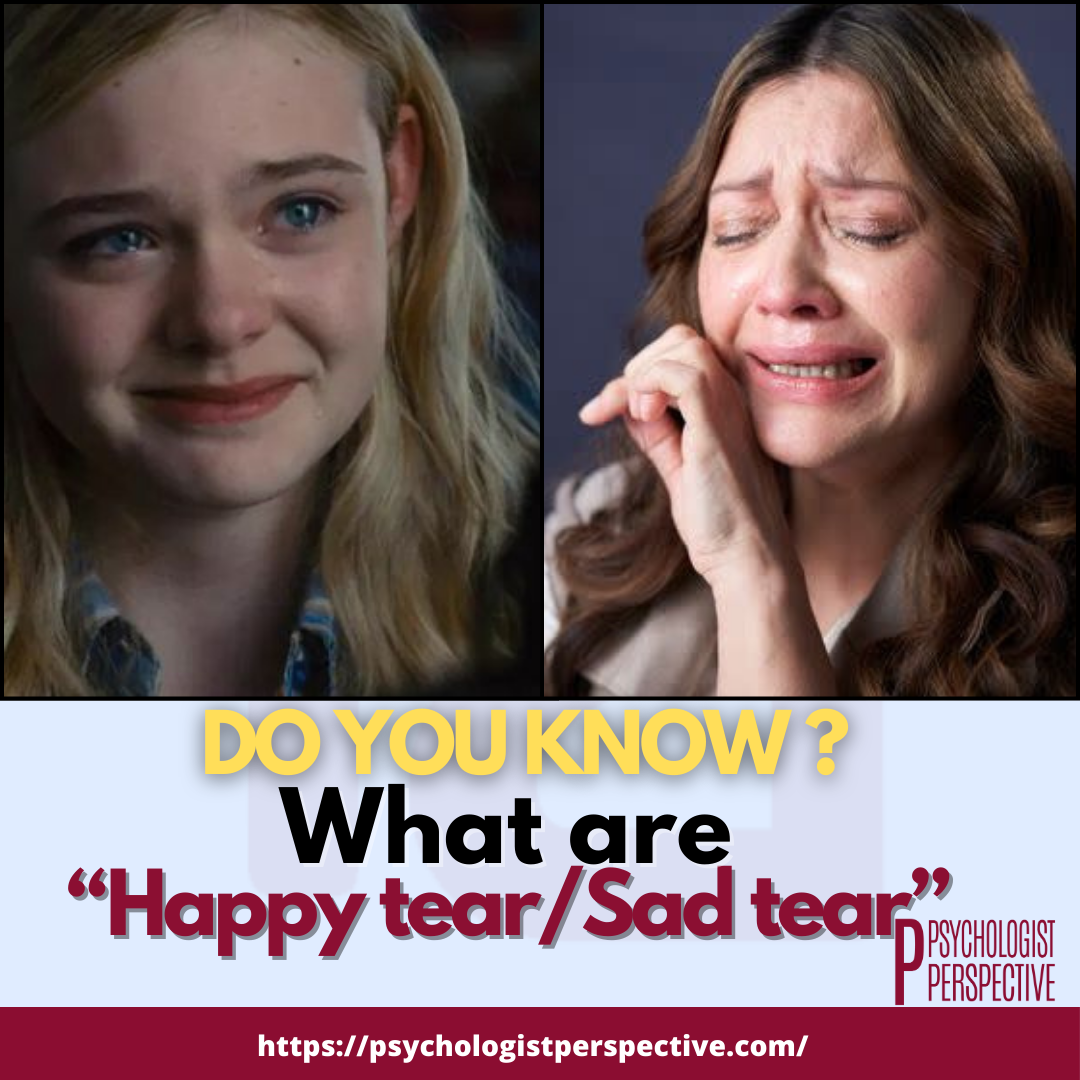HAPPY TEARS/SAD TEARS?
Understanding Happy Tears and Sad Tears:
Happy tears/Sad tears refer to the different types of tears we shed in response to specific emotions. Crying is a powerful emotional response that occurs when individuals experience overwhelming feelings of sadness, joy, excitement, or other intense emotions. This natural process is involuntary and reflects deep emotional states.
Interestingly, the side from which a tear appears may carry symbolic meaning. When tears come from the right eye, they are often associated with feelings of happiness, joy, or enjoyment. Conversely, tears shed from the left eye are commonly linked to heartbreak, grief, or profound sadness.
Mechanism of Crying:
The process of crying involves complex physiological and neurological mechanisms. Tears are produced by the lacrimal glands located above each eye. These glands continuously secrete basal tears to lubricate and protect the eyes.
Emotional crying, triggered by intense emotions, involves the activation of the brain’s limbic system, particularly the amygdala and hypothalamus, which play key roles in emotional processing. Emotional signals from the brain stimulate the lacrimal glands to produce tears containing stress hormones, such as adrenocorticotropic hormone (ACTH) and leucine-enkephalin, which are released during emotional release.
Importance of Crying:
Crying serves several important functions in emotional and social contexts. It acts as a cathartic(one of psychology theory) release, helping individuals relieve emotional tension and reduce stress. Crying can also promote emotional healing by allowing individuals to express and process intense feelings.
Crying is a complex emotional behavior that encompasses both happy tears and sad tears, reflecting the broad spectrum of human experiences. Happy tears often occur during moments of overwhelming joy, relief, or deep connection, serving as a poignant reminder of the intensity of positive emotions. Conversely, sad tears are typically shed in response to pain, loss, or frustration, acting as a mechanism for emotional release and seeking comfort. Both types of tears play crucial roles in emotional regulation, helping individuals to process and communicate their feelings, and ultimately fostering deeper social bonds and personal resilience.
Moreover, crying communicates our emotional state to others, fostering empathy and social connection. Tears often evoke compassion and support from others, enhancing social bonds and interpersonal relationships.
In summary, crying is a natural and essential emotional response that plays a vital role in emotional regulation, stress relief, and social communication.


